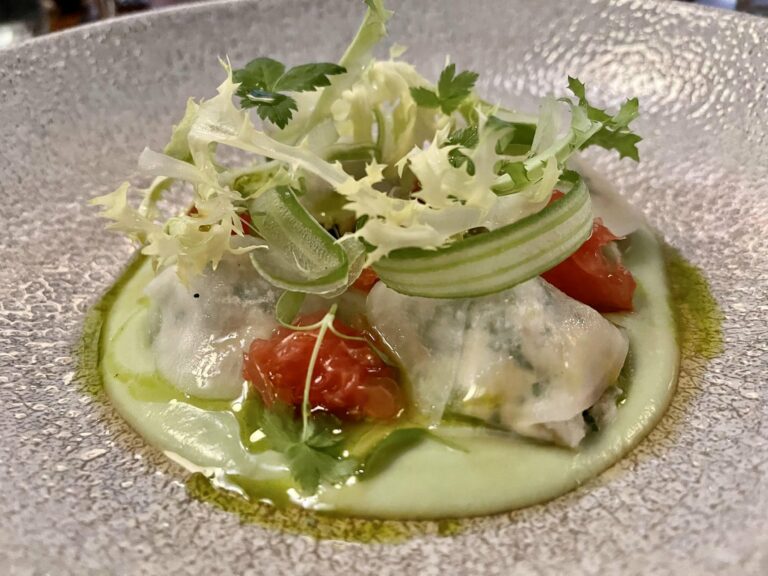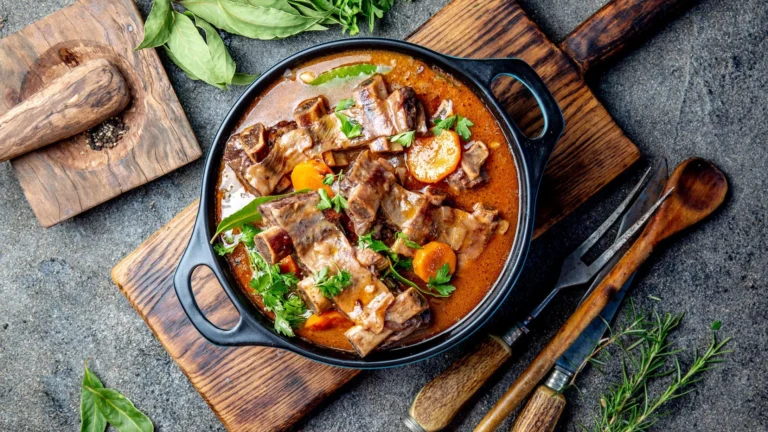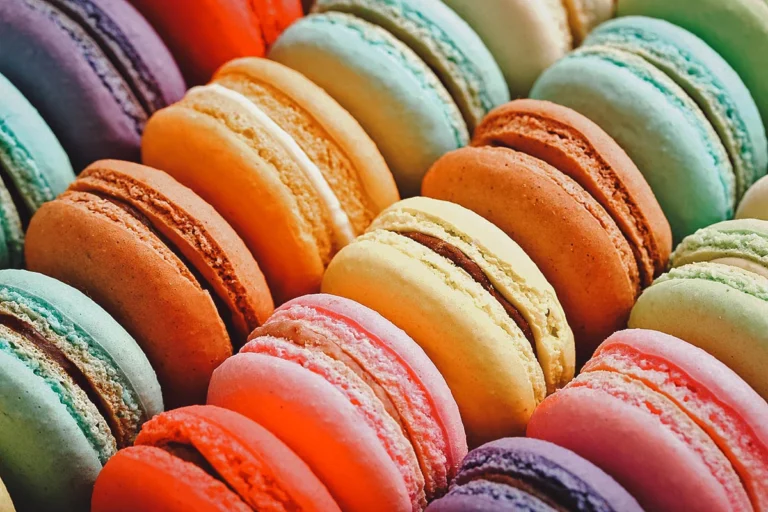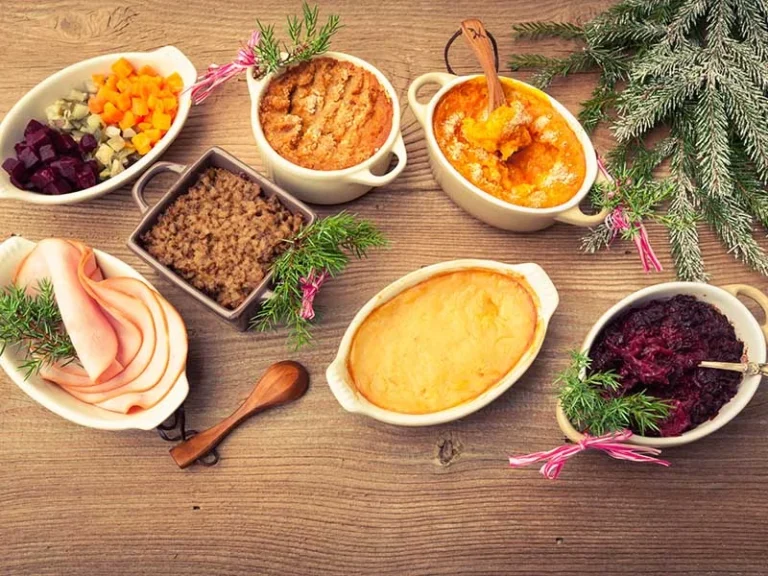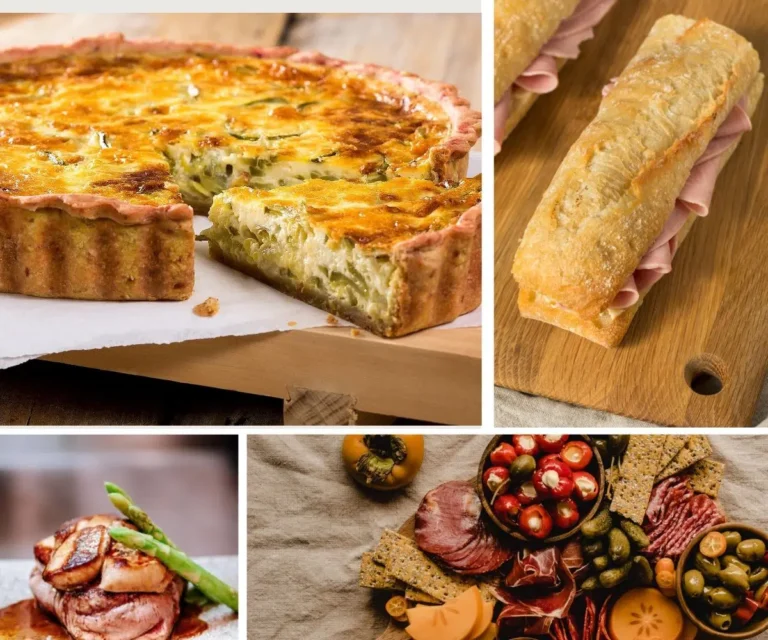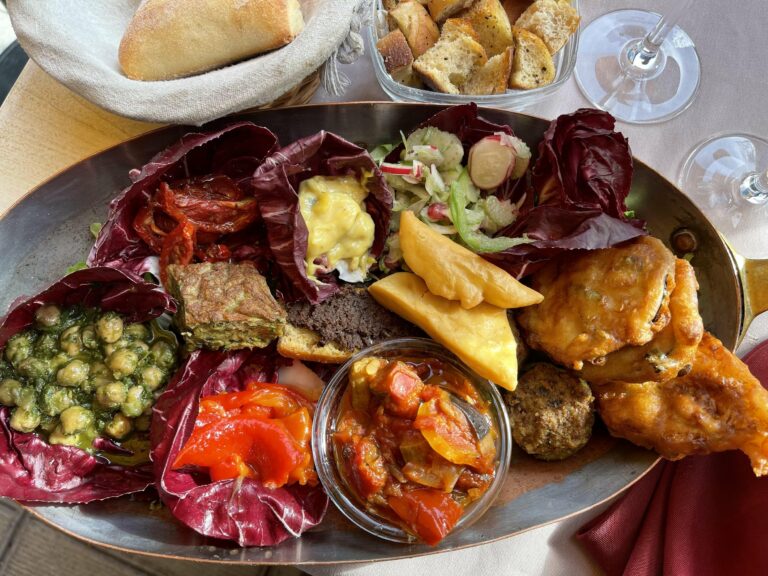Introduction: Finnish Cuisine and Snacks
Finnish cuisine is known for its simplicity and use of natural ingredients. The food is often hearty and comforting, with dishes like meat stews and fish soups being popular. When it comes to snacks and appetizers, Finland has a variety of options that are worth trying.
Famous Finnish Snacks: Musti and Fazer Blue Chocolate
Musti is a Finnish candy that has been around since the 1950s and is still popular today. It is a soft licorice candy that is covered in sugar and has a mild, sweet flavor. Another famous Finnish snack is Fazer Blue Chocolate, which is one of the most popular chocolates in Finland. It has a smooth and creamy texture with a rich chocolate flavor.
Unique Finnish Appetizers: Karelian Pies and Tippaleipä
Karelian pies are a traditional Finnish dish that can be served as an appetizer or snack. The pies are made with a rye flour crust and filled with a mixture of rice and butter. Tippaleipä, which translates to “funnel cake bread,” is a sweet Finnish pastry that is often served at summer festivals. It is made by pouring batter through a funnel into hot oil, resulting in a crispy and fluffy treat.
Traditional Finnish Snacks: Salmiakki and Ruisleipä
Salmiakki is a traditional Finnish candy that has a salty licorice flavor. It is made using ammonium chloride, which gives it its unique taste. Ruisleipä, or Finnish rye bread, is a staple in Finnish cuisine and is often served as a snack. It has a dense texture and is made with rye flour, giving it a distinct flavor.
Modern Finnish Snacks: Crowberry and Cloudberry Treats
Crowberries and cloudberries are two berries that are commonly found in Finland and are used in a variety of modern snacks and treats. Crowberry jam is a popular spread that is often paired with cheese and crackers. Cloudberry jam is another popular option and is often used in desserts, such as cakes and pastries.
Conclusion: Finnish Snacks to Try at Home or Abroad
Overall, Finland has a range of snacks and appetizers that are worth trying. From traditional favorites like rye bread and salmiakki to modern treats like crowberry jam and cloudberry pastries, there is something for everyone to enjoy. Whether you visit Finland or try these snacks at home, they are sure to provide a unique and delicious experience.


